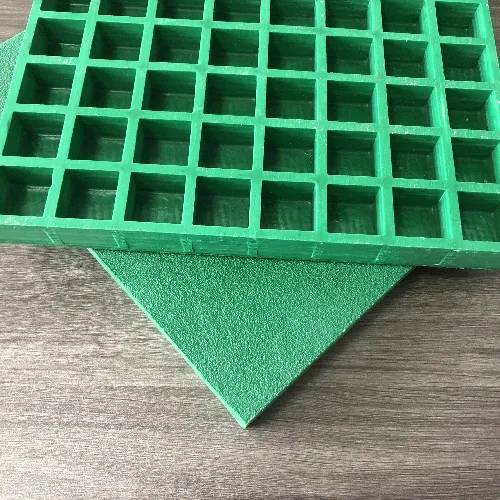loading...
- No. 9, Xingyuan South Street, Dongwaihuan Road, Zaoqiang County, Hengshui, Hebei, China
- admin@zjcomposites.com
- +86 15097380338
- Welcome to visit our website!
reverse osmosis water treatment
Reverse Osmosis Water Treatment A Comprehensive Overview
Water is an essential resource for life, yet access to clean and safe drinking water remains a challenge for many around the world. Reverse osmosis (RO) water treatment has emerged as a revolutionary solution to purify water and ensure its safety. This article delves into the principles, applications, and benefits of reverse osmosis as a water treatment method.
What is Reverse Osmosis?
Reverse osmosis is a filtration process that uses a semi-permeable membrane to separate contaminants from water. The process works by applying pressure to the water, forcing it through the membrane, which allows only water molecules to pass while blocking larger impurities such as salts, bacteria, and other particles. This method is widely regarded for its ability to remove up to 99% of dissolved solids, making it one of the most effective water purification techniques available today.
The Science Behind Reverse Osmosis
The fundamental principle of reverse osmosis hinges on osmosis, a natural phenomenon where water moves from a region of lower solute concentration to a region of higher solute concentration through a semi-permeable membrane. In reverse osmosis, pressure is applied to the concentrated side, forcing water to flow in the opposite direction—hence the term 'reverse.'
The semi-permeable membrane is made of materials like polyamide, which allow water molecules to pass while rejecting contaminants based on size, molecular weight, and charge. The effectiveness of the reverse osmosis process can be influenced by factors such as temperature, pressure, and the concentration of contaminants in the feed water.
Applications of Reverse Osmosis
Reverse osmosis is utilized across various sectors for a myriad of applications, including
1. Drinking Water Purification One of the most common uses of RO systems is in households, where they provide clean drinking water by removing harmful substances like nitrates, fluoride, chlorine, and heavy metals.
2. Desalination In coastal areas where freshwater is scarce, reverse osmosis is employed to convert seawater into potable water. This process is vital for countries with limited freshwater resources.
3. Industrial Processes RO technology is used in industries such as pharmaceuticals, food and beverage, and electronics, where high purity water is essential for production processes.
reverse osmosis water treatment

5. Aquarium Maintenance For aquarists, RO systems provide water free from impurities, crucial for maintaining the delicate balance required in aquariums.
Benefits of Reverse Osmosis
The advantages of reverse osmosis water treatment are numerous
- High Purification Efficiency As mentioned earlier, RO systems can eliminate up to 99% of harmful contaminants, ensuring the water is safe for consumption.
- Improved Taste and Odor RO can significantly enhance the taste and smell of water by removing chlorine and other chemicals that can impart unpleasant flavors.
- Cost-Effective While the initial setup cost of an RO system can be significant, the long-term savings—in terms of purchasing bottled water and potential health benefits—make it an economical choice.
- Environmental Impact By providing a reliable source of clean water, reverse osmosis systems help reduce the dependency on bottled water, thereby minimizing plastic waste.
Challenges and Considerations
Despite its numerous benefits, reverse osmosis is not without challenges. The process can be water-intensive, producing wastewater as a byproduct. Furthermore, regular maintenance and membrane replacement are essentials for ensuring optimal performance. It’s also important to note that while RO removes many contaminants, it can also strip beneficial minerals from water; hence remineralization of RO water can be considered in certain setups.
Conclusion
Reverse osmosis water treatment presents a powerful means of ensuring access to safe, clean drinking water. As technological advancements continue to evolve, the efficiency, cost-effectiveness, and accessibility of RO systems are likely to improve, making them an indispensable tool in the quest for global water security. Whether for personal consumption, industrial use, or environmental safeguarding, reverse osmosis stands out as a vital solution in contemporary water treatment. With awareness and education, more people can harness this technology to enjoy the benefits of pure water, essential for health and well-being.
-
The Rise of FRP Profiles: Strong, Lightweight, and Built to LastNewsJul.14,2025
-
SMC Panel Tanks: A Modern Water Storage Solution for All EnvironmentsNewsJul.14,2025
-
GRP Grating: A Modern Solution for Safe and Durable Access SystemsNewsJul.14,2025
-
Galvanized Steel Water Tanks: Durable, Reliable, and Ready for UseNewsJul.14,2025
-
FRP Mini Mesh Grating: The Safer, Smarter Flooring SolutionNewsJul.14,2025
-
Exploring FRP Vessels: Durable Solutions for Modern Fluid HandlingNewsJul.14,2025
-
GRP Structures: The Future of Lightweight, High-Performance EngineeringNewsJun.20,2025
